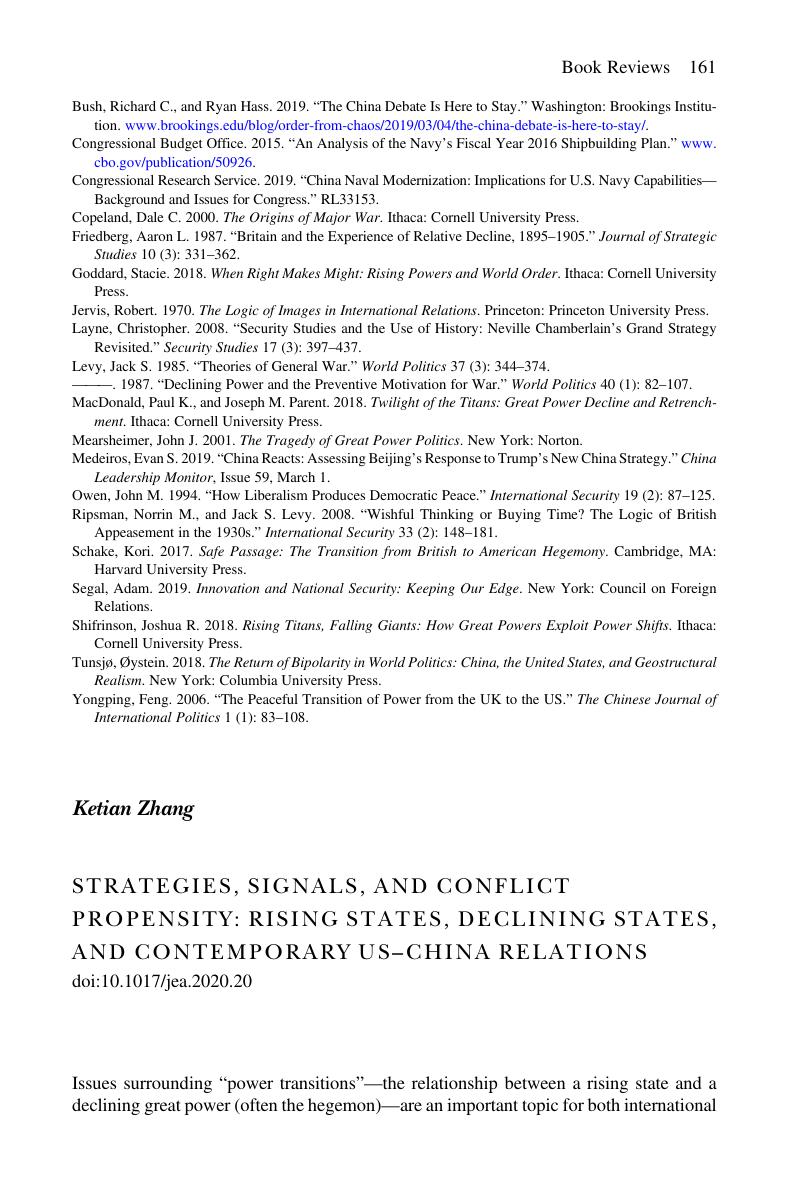Crossref Citations
This article has been cited by the following publications. This list is generated based on data provided by Crossref.
Maluzinas, Martinas
2024.
Lithuania’s position in building denial to China’s authoritarian policymakers.
Lithuanian Annual Strategic Review,
Vol. 22,
Issue. 1,
p.
55.




